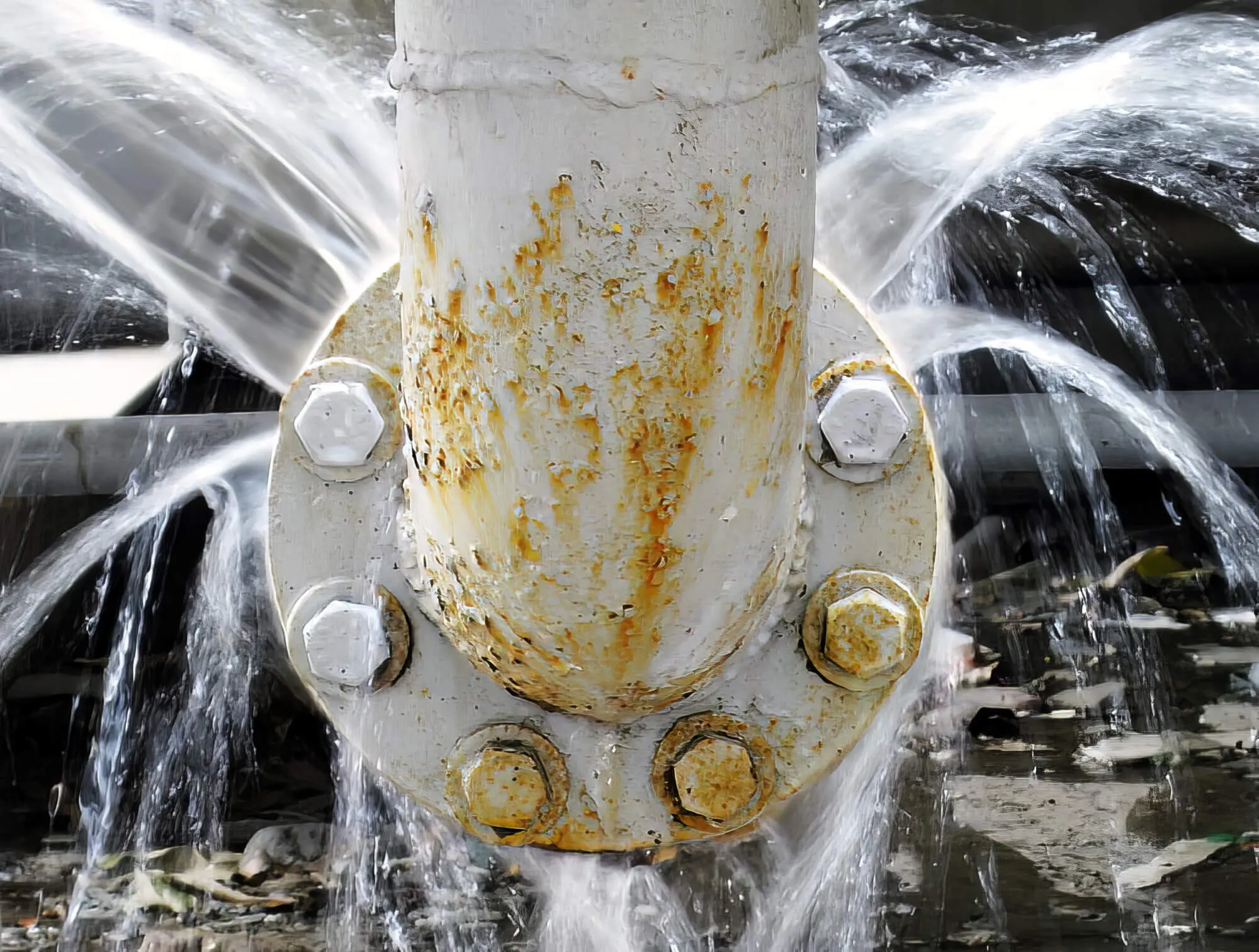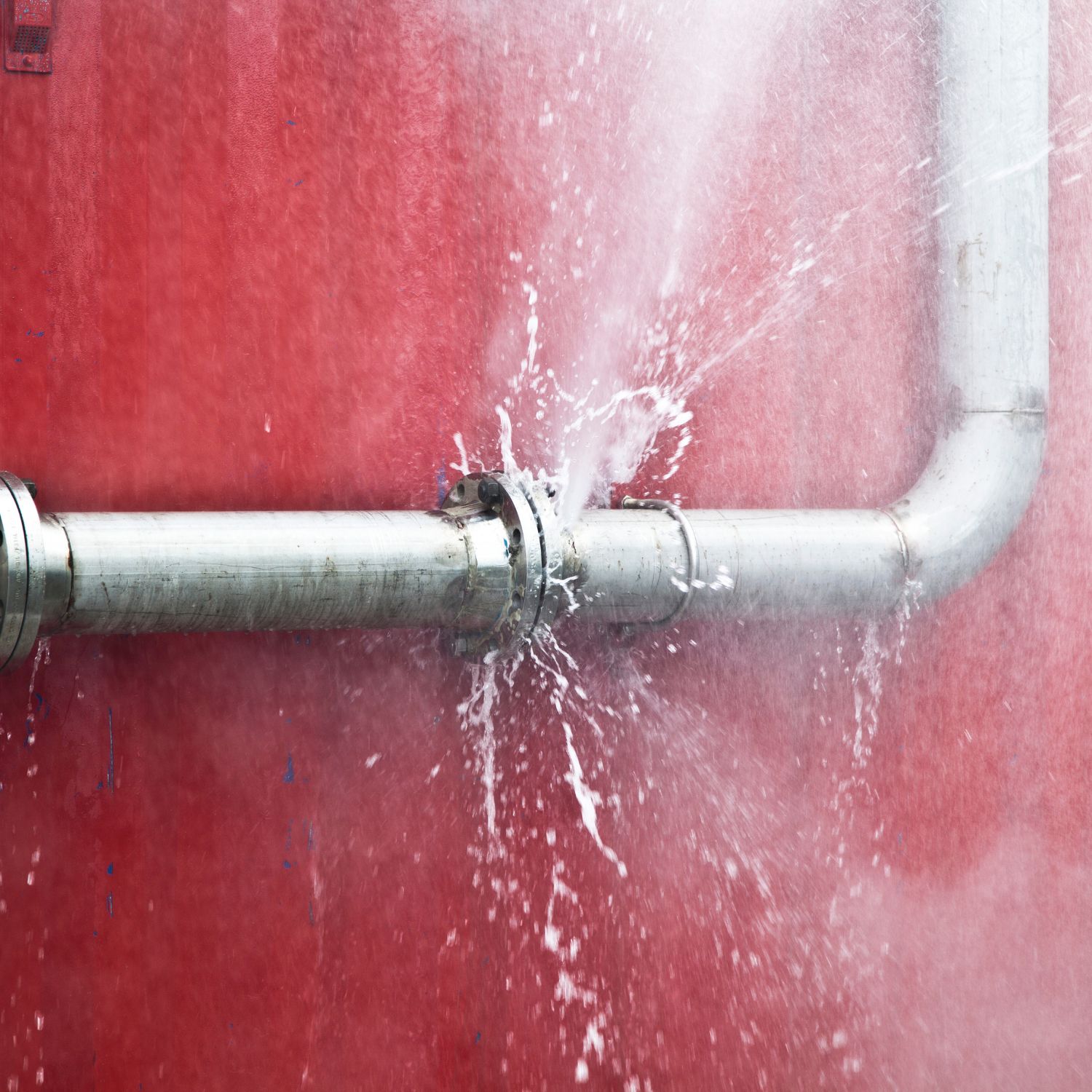What to Do When a Burst Pipe Causes Water Damage in Your Home
What to Do When a Burst Pipe Causes Water Damage in Your Home
Blog Article
Avoiding Burst Piping: Necessary Tips to Shield Your Pipes
Protecting against burst pipelines is an important worry for house owners, particularly during colder months when the threat of cold is enhanced. Applying critical steps such as correct insulation, regular assessments, and preserving consistent interior temperature levels can dramatically minimize the chance of pipeline failure. Additionally, understanding emergency treatments outfits home owners to react promptly to potential pipes problems. Many are uninformed of the specific susceptabilities that their pipes may deal with. Checking out these vulnerabilities can give vital insights right into guarding your plumbing system successfully.
Understand Pipe Vulnerabilities
Comprehending pipe vulnerabilities is necessary for effective plumbing upkeep and preventing expensive damage. Numerous variables add to the susceptibility of pipelines to bursts, including material make-up, age, and environmental conditions. Older pipes, particularly those made from galvanized steel or polybutylene, usually degrade over time, causing increased risk of tears and leaks.
Temperature level changes can also dramatically influence pipeline honesty. In chillier climates, water entraped in pipelines can ice up, putting in and expanding stress on the pipeline wall surfaces, which may ultimately lead to a burst. High water pressure can strain pipelines, especially at bends and joints, enhancing the chance of failing.

Insulate Piping Effectively
Appropriate insulation of pipelines is vital for preventing freezing and subsequent ruptureds during chilly climate (burst pipe). Shielding your pipes system effectively safeguards against temperature drops that can result in costly damages. Begin by identifying susceptible locations where pipelines are subjected to outdoor temperature levels, such as cellars, attic rooms, and outside wall surfaces
Use foam pipeline insulation sleeves or wrap insulation tape around these locations to offer a protective obstacle. Make certain that all areas of the pipes, specifically those with restricted warmth direct exposure, receive adequate insulation. Pay special attention to installations and joints, as these are extra prone to cold.
When protecting, it's crucial to choose materials that meet local structure codes and are ideal for the details setting. For instance, fiberglass insulation is often advised for its thermal resistance residential or commercial properties - burst pipe. Furthermore, think about utilizing warm cords or tape in extreme problems, which can be connected in to provide additional warmth
Consistently check insulated pipes for any kind of indicators of wear or damages, as endangered insulation can reduce its efficiency. By taking these positive measures, you substantially minimize the risk of pipe bursts, making certain a trustworthy plumbing system throughout the winter season months.
Maintain Regular Temperature
A secure interior temperature level is important for protecting against burst pipes during the icy months. When temperature levels decline, water within pipes can freeze, creating and broadening stress that may ultimately create the pipelines to burst.Making use of a programmable thermostat can help take care of indoor temperature levels properly, making sure that spaces with pipes remain cozy also when the house is unoccupied.
This minor circulation of water can protect against cold by easing pressure within the pipelines. By applying these strategies, home owners can substantially minimize the danger of pipe ruptureds and safeguard their pipes systems versus the severe winter aspects.
Consistently Evaluate Plumbing
Regular examinations of plumbing systems are crucial for preventing ruptured pipelines and preserving general home integrity. During these inspections, it is essential to check out visible pipes for indications of corrosion, leakages, or use.
Additionally, inspecting links and joints is vital, as these factors are usually at risk to leaks. Property owners ought to also evaluate water stress degrees, as extreme pressure can stress the pipes system and raise the danger of pipeline ruptureds.
Consider organizing professional pipes examinations at the very least once a year, particularly before winter months, to guarantee your system is prepared for colder temperatures. By being proactive in your strategy, you can secure your home versus the disruptive and pricey repercussions of ruptured pipes.
Know Emergency Treatments
Understanding emergency treatments is crucial for every property owner, particularly after performing routine pipes assessments. Being planned for a plumbing emergency situation can dramatically mitigate damages and save prices. First, situate your primary water shut-off shutoff; it is normally found near the water meter or where the major line enters your home. Familiarize on your own with its procedure, as turning off the water supply rapidly can prevent comprehensive flooding.
Following, keep vital devices handy. A pipes emergency kit must consist of a wrench, bettor, and towels, in addition to a flashlight and a container for tiny leaks. In addition, take into consideration having the contact info for a trusted plumbing readily offered, ought to the circumstance rise beyond your control.
If you detect a leakage or burst pipe, immediately switch off the water system and notify your plumbing technician. Additionally, document the damage with pictures for insurance objectives. burst pipe. Be mindful of the indications of prospective index pipes issues, such as unusual water stress fluctuations or damp spots on wall surfaces
Eventually, proactive expertise and swift activity are crucial in managing pipes emergency situations, guaranteeing your home remains safeguarded and lessening potential damages.

Conclusion
To conclude, avoiding burst pipes demands a diverse approach that includes understanding pipe susceptabilities, proper insulation, maintaining regular interior temperatures, regular assessments, and knowledge of emergency situation treatments. By implementing these crucial approaches, the threat of plumbing failures can be advice dramatically minimized, therefore making sure the durability and efficiency of the pipes system. Proactive procedures not only guard against prospective damage however also add to overall water preservation and the security of residential property.
In chillier environments, water entraped in pipelines can freeze, applying and increasing pressure on the pipeline walls, which might inevitably lead to a ruptured. When temperature levels drop, water within pipelines can freeze, producing and broadening pressure that might eventually cause the pipelines to burst. By executing these strategies, home owners can considerably lower the risk of pipeline bursts and guard their plumbing systems against the harsh winter months components.

Report this page